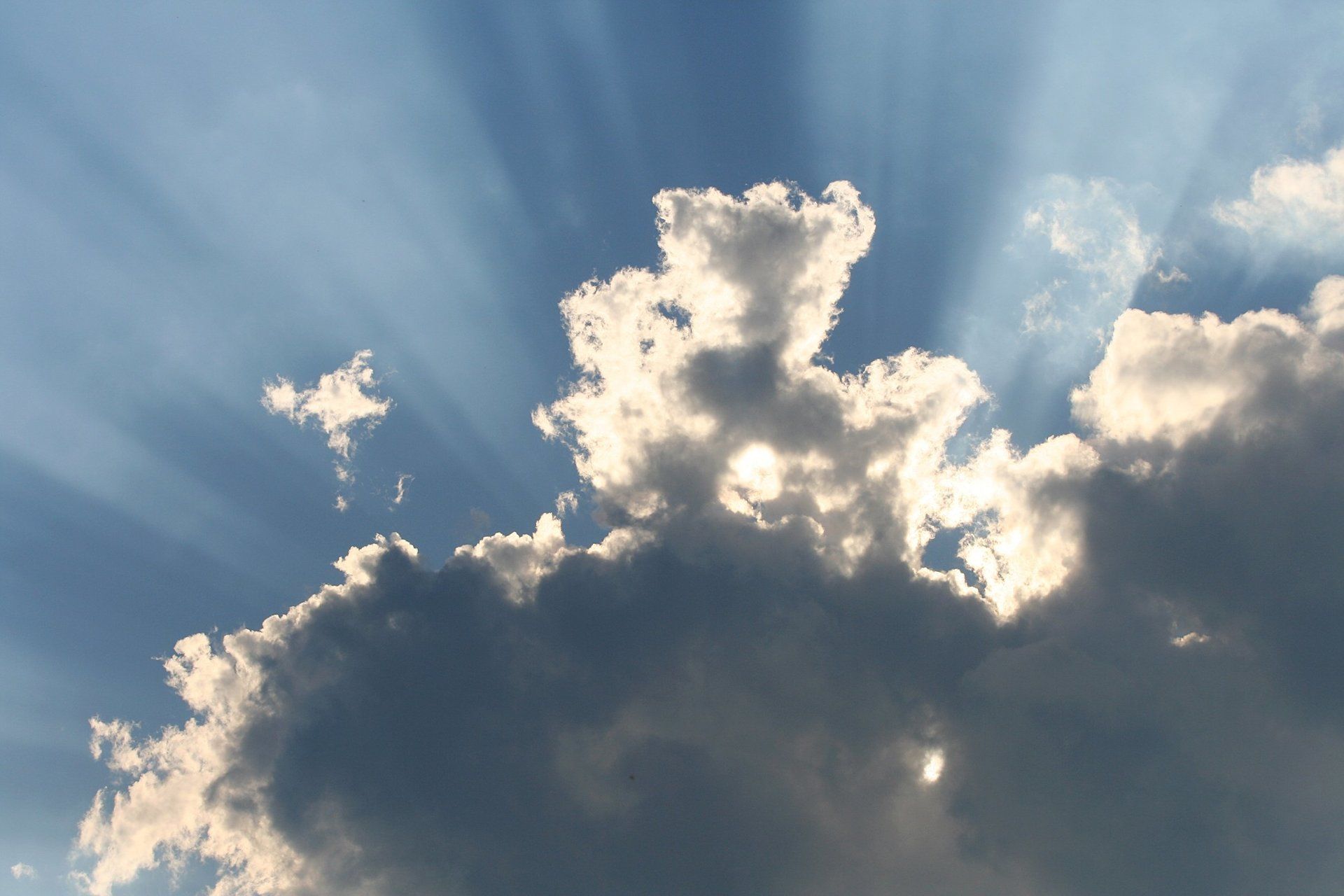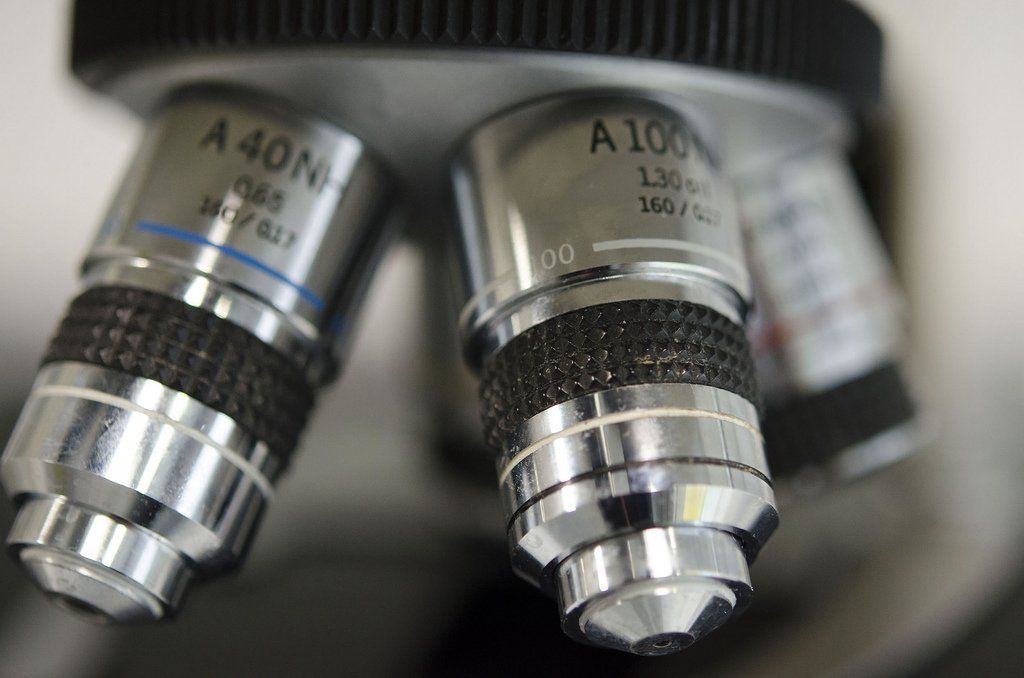
Sunscreen Made Simple Choosing the right sunscreen can be quite difficult with all the choices out there. We use sunscreen to block ultraviolet light from damaging the skin. There are two categories of UV light — UVA and UVB. UVA is responsible for aging the skin, while UVB are the rays that burn the skin. […]

It seems like the mosquito’s were hungry this year… at least whenever I was outside. So I started doing some research about how to prevent mosquito bites, and reduce the number of insects in the yard. If you have tried to research this yourself, you will find lots of discussion related to bats and bat […]

There are many treatments available for patients with psoriasis. One option that we offer our patients with psoriasis affecting a significant portion of their skin is phototherapy. What Is Phototherapy? Present in natural sunlight, UVB light is an effective treatment for psoriasis. The UV energy penetrates the skin and helps the psoriasis to clear. In our […]

Photo from left to right: Assemblyman Dave McDonough, R-Merrick, CCMAC co-founder and Executive Director Colette Coyne, Dr. Steve McClain, Eli McClain, Dr. Amy Slear, Dr. Jeffrey Ellis, & State Sen. Charles Fuschillo, R- Merrick State Sen. Charles J. Fuschillo,, R-Merrick, and the Colette Coyne Melanoma Awareness Campaign (CCMAC) partnered to sponsor a free skin cancer […]

We wanted to thank CCMAC and New York State Senator Charles J. Fuschillo, Jr. for putting together the wonderful skin cancer screening event at Tanner Park this past week. In total, 151 visitors received a free skin cancer screening. 1 out of every 3 were referred to a dermatologist for a suspicious lesion; 4 of which […]

Lifeguards are always watching after us – but this weekend a group of Long Island Dermatologists had an opportunity to help look after them. The NY State Lifeguards were certifying for the season at Nassau Community College, and physicians including Dr. Jeffrey Ellis, Erin Schoor, Peter O’Neill, Pam Basuk, Peter Reisfeld, and Steve Mc Clain […]



